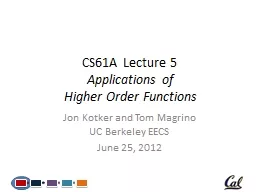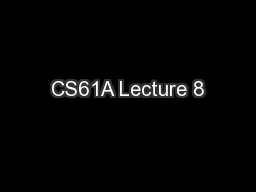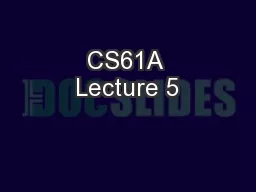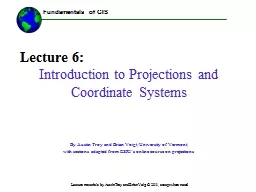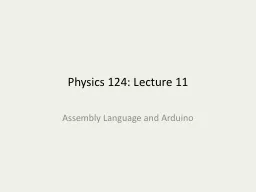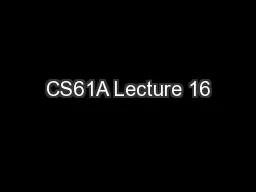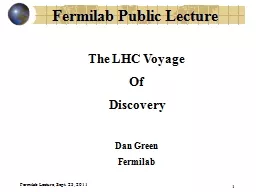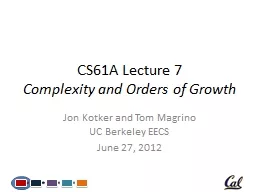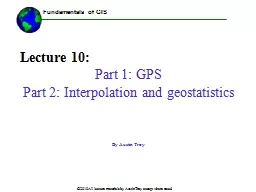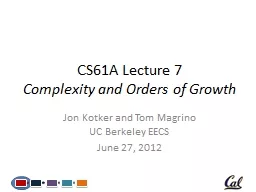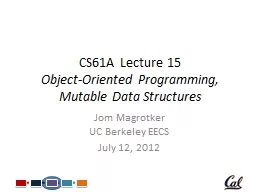PPT-CS61A Lecture 5
Author : stefany-barnette | Published Date : 2017-11-28
Applications of Higher Order Functions Jon Kotker and Tom Magrino UC Berkeley EECS June 25 2012 Computer Science in the News Happy 100 th Birthday Alan Turing httpuploadwikimediaorgwikipediaencc8AlanTuringphotojpg
Presentation Embed Code
Download Presentation
Download Presentation The PPT/PDF document "CS61A Lecture 5" is the property of its rightful owner. Permission is granted to download and print the materials on this website for personal, non-commercial use only, and to display it on your personal computer provided you do not modify the materials and that you retain all copyright notices contained in the materials. By downloading content from our website, you accept the terms of this agreement.
CS61A Lecture 5: Transcript
Download Rules Of Document
"CS61A Lecture 5"The content belongs to its owner. You may download and print it for personal use, without modification, and keep all copyright notices. By downloading, you agree to these terms.
Related Documents

